Tadao Ando Chichu Art Museum Naoshima Kagawa Japan 2004
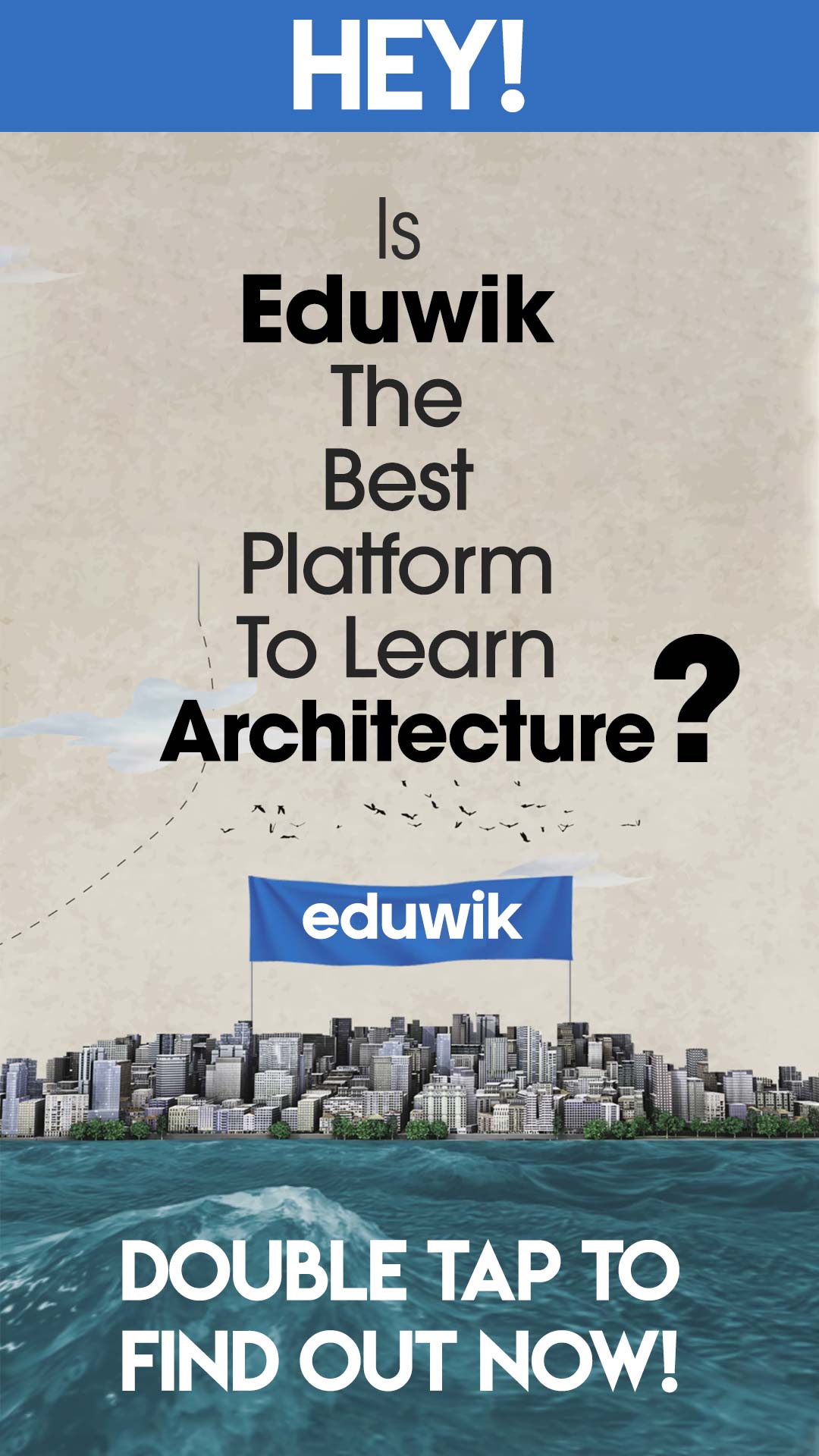
The Chichu Art Museum, which literally means "fine art museum in the earth" is a unique mod art museum located on the art island of Noshima in Nippon. The museum, home to over 5 distinctive art galleries was designed by the Japanese builder Tadao Ando. It was constructed in 2004 as a site rethinking the relationship between nature and the people, which is now a major tourist allure.
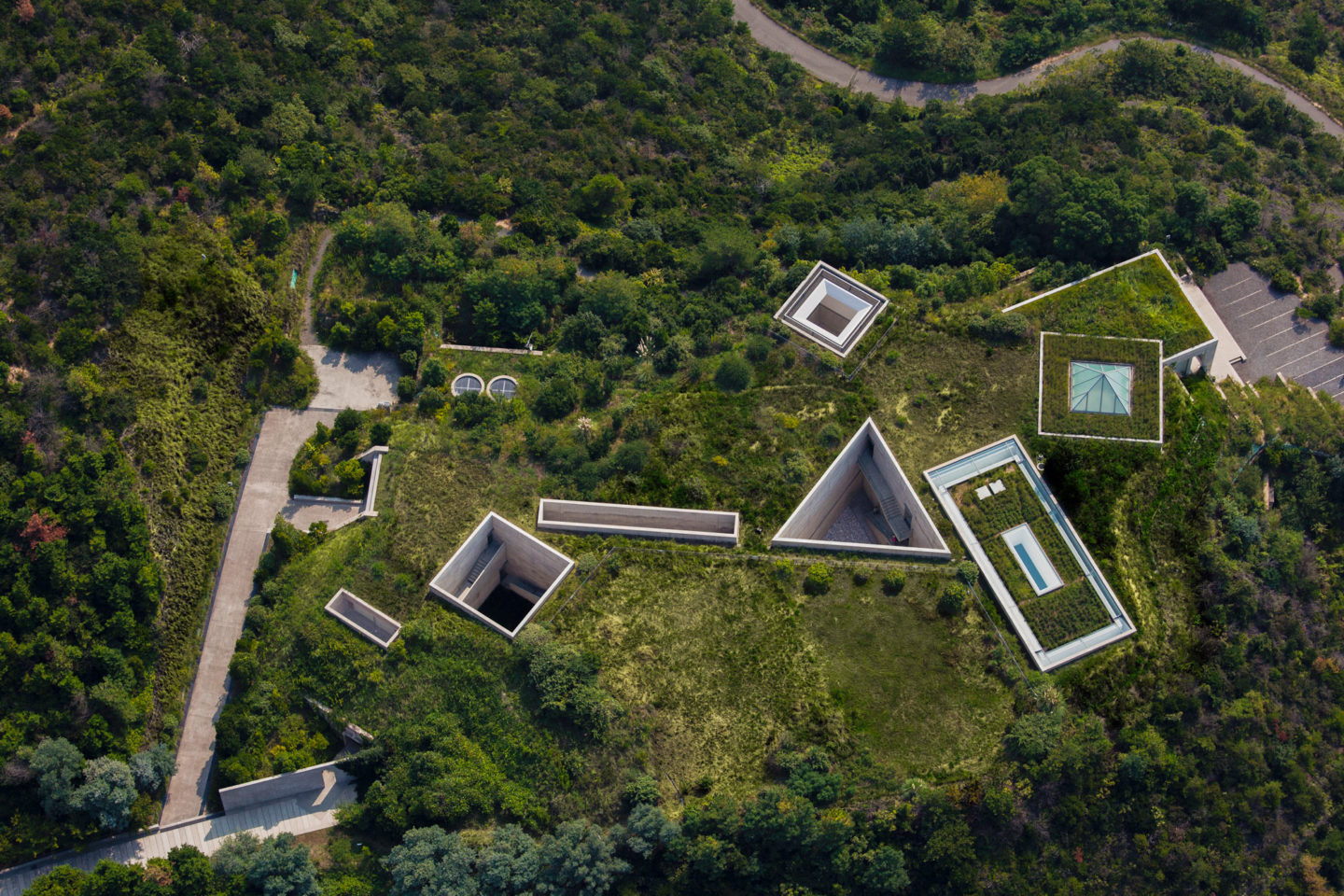

The museum, built secret to avoid disrupting the natural beautiful view of the Seto Inland sea. Despite the positioning of the edifice, the museum is designed in such a manner that information technology facilitates the distinctive use of natural light for the illumination of the artworks that change the appearance and the milieu of the infinite during the different viewing times throughout the solar day and along the seasons of the year. The museum designed by Tadao Ando itself is a work of art.
Style and concept

The brutalist-way approach was taken by Tadao Ando for the Chichu Fine art Museum. Usage of physical was done to create make clean lines and congenital-in decorations. The simple approach to the details such as the empty areas of the museum has been considered in terms of the experience of the person moving through space.

Potent forms and unique materials are used underground. This passionate effort to create a space where the visitors experience the work purely despite being secret where they are completely cut off from the outside world, making their perceptions sensitive, concentrating solely on the artwork, is a assuming concept.
Programme and department

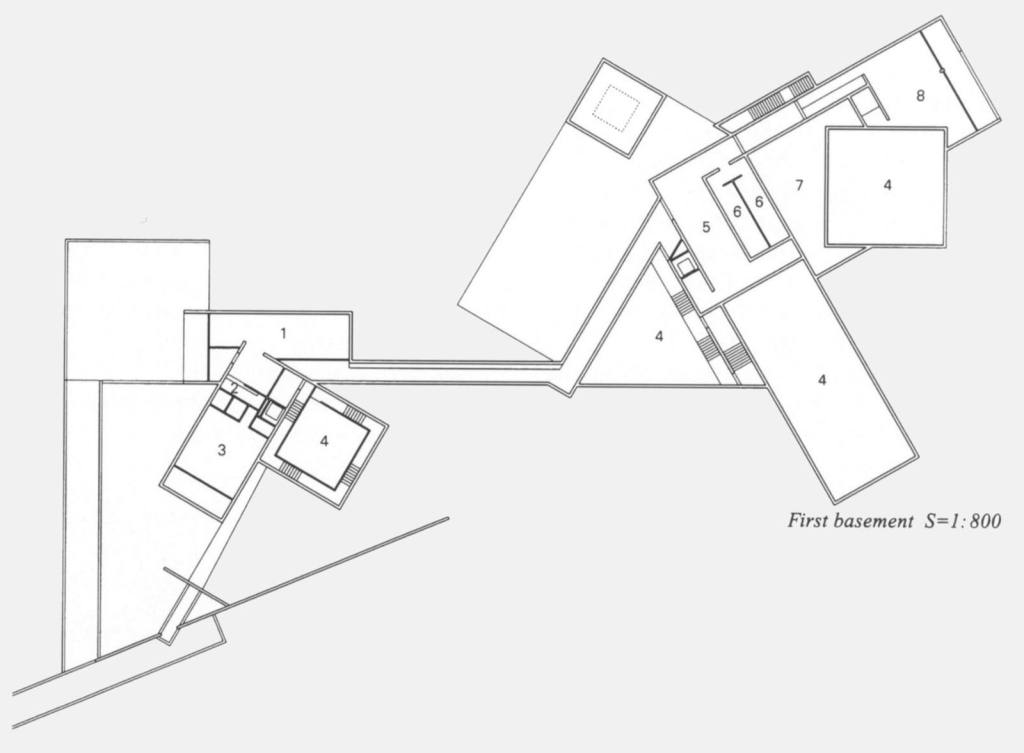

Tadao Ando designed the flooring programme, formed of galleries formed effectually two courtyards, ane equilateral triangle, and a square plan linked by open-air passageways. Information technology closely resembles a narrative construction that works on the micro as well as macro level. The structure was built using Tadao Ando'south signature materials. In that location are no exterior walls except the entrance. All the structures are congenital beneath the hill with various sections exposing natural calorie-free. Information technology is difficult to conceptualize the construction as under or overground.
The thoughtful planning eliminates the feeling of beingness underground or any sense of claustrophobia that can affect the experience of the infinite. Axes and directions do not exist cloak-and-dagger.
Material used and bear on

The material used for the pattern of the Chichu art museum by Tadao Ando is reduced to the minimum. The material solely used is concrete along with the other master materials steel, glass, and wood. The walls are made up of smooth concrete. Despite concrete being a heavy and solid material, these walls which are massive besides as unadorned create a sense of weightlessness.
The physical used is vibrant, which is impressive equally physical is known to be raw and aggressive textile. The low gloss coating is provided to this physical creating a radiant, blusterous consequence, which when continued to the bluish sky eliminates the disturbance creating a state of pure zen.
The museum unifies architecture and the natural environment. The art, each of its significance of how we perceive and collaborate with our surroundings. The space is ideal Tadao Ando design equally it takes into account eastern and western concepts, which result in the building of an establishment that reverberates with its visitors, regardless of their backgrounds and cultures.

Entering the museum, the simplicity of walls and the mixture of natural and dark shadows guide throughout the space. Between every gallery, there is an intermediary space consisting of skylights, wall opening, and courtyards which bring the exterior globe inside. The courtyard exposes the natural ground covered with grass and jagged rocks. The pathway is designed in such a manner that it shifts the visitor'due south attention to the natural elements. The cutouts in-basis allow the period of natural light exposing clean geometric shapes.
Each artist has their space which is designed to enhance also as harmonize the experience of the artworks. Tadao Ando integrated architecture with nature, allowing the organic construction to tune in with its natural surroundings.
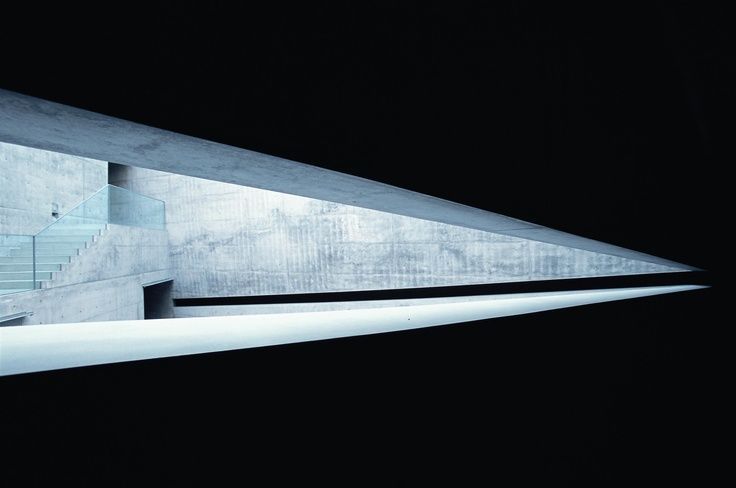
The light energy running through the diagonal and precipitous edges of the physical creates a sense of motion and velocity. The concrete which stands nevertheless seemingly powerless is powerful in its ain ways.
While walking through the concrete walls, the shadows and lighting transform the space to existence exposed and mysterious at the same fourth dimension. This obstruction is beneficial in a museum as it shifts one's senses of placement and shifts into a spatial feel.
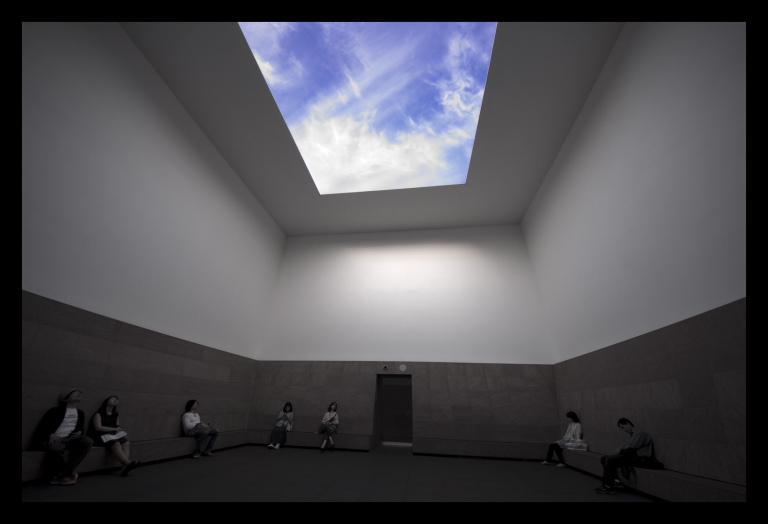
Built most entirely hugger-mugger, the museum is a perfect residue contracting the qualities of being both not-monumental only highly architectural at the same time. Usage of common and mundane cloth for decades and still beingness relevant is a highly commendable act committed past Tadao Ando, proving his work.
The Chichu Art museum will also be magical because of the consideration of nature in this project. The level of consideration of nature is a remarkable accomplishment. The museum when seen by a bird's centre view looks like a graphic design affiche that sits on uneven terrain.




Source: https://www.re-thinkingthefuture.com/case-studies/a3439-chichu-art-museum-by-tadao-ando-art-museum-in-the-earth/
0 Response to "Tadao Ando Chichu Art Museum Naoshima Kagawa Japan 2004"
Post a Comment